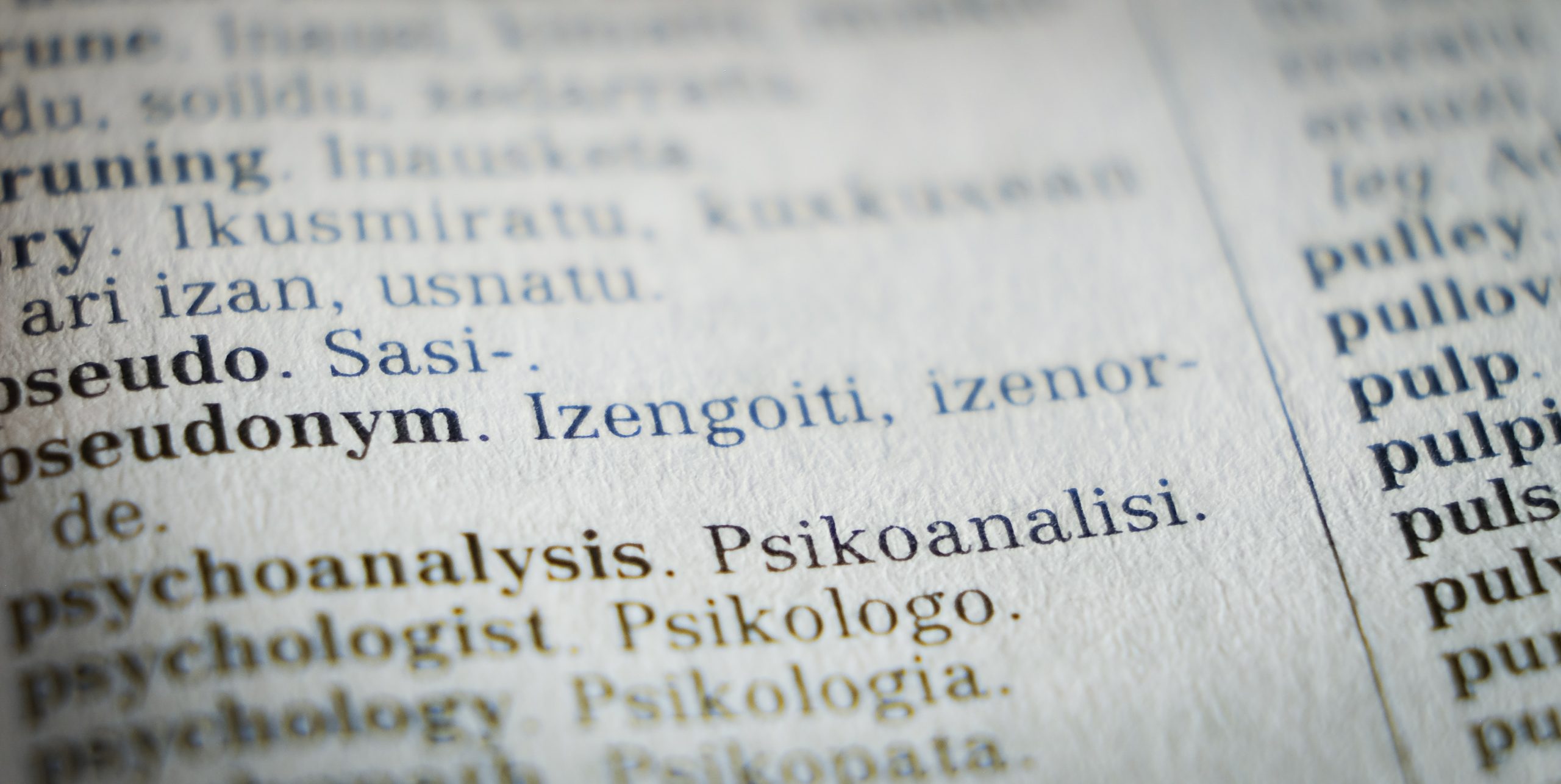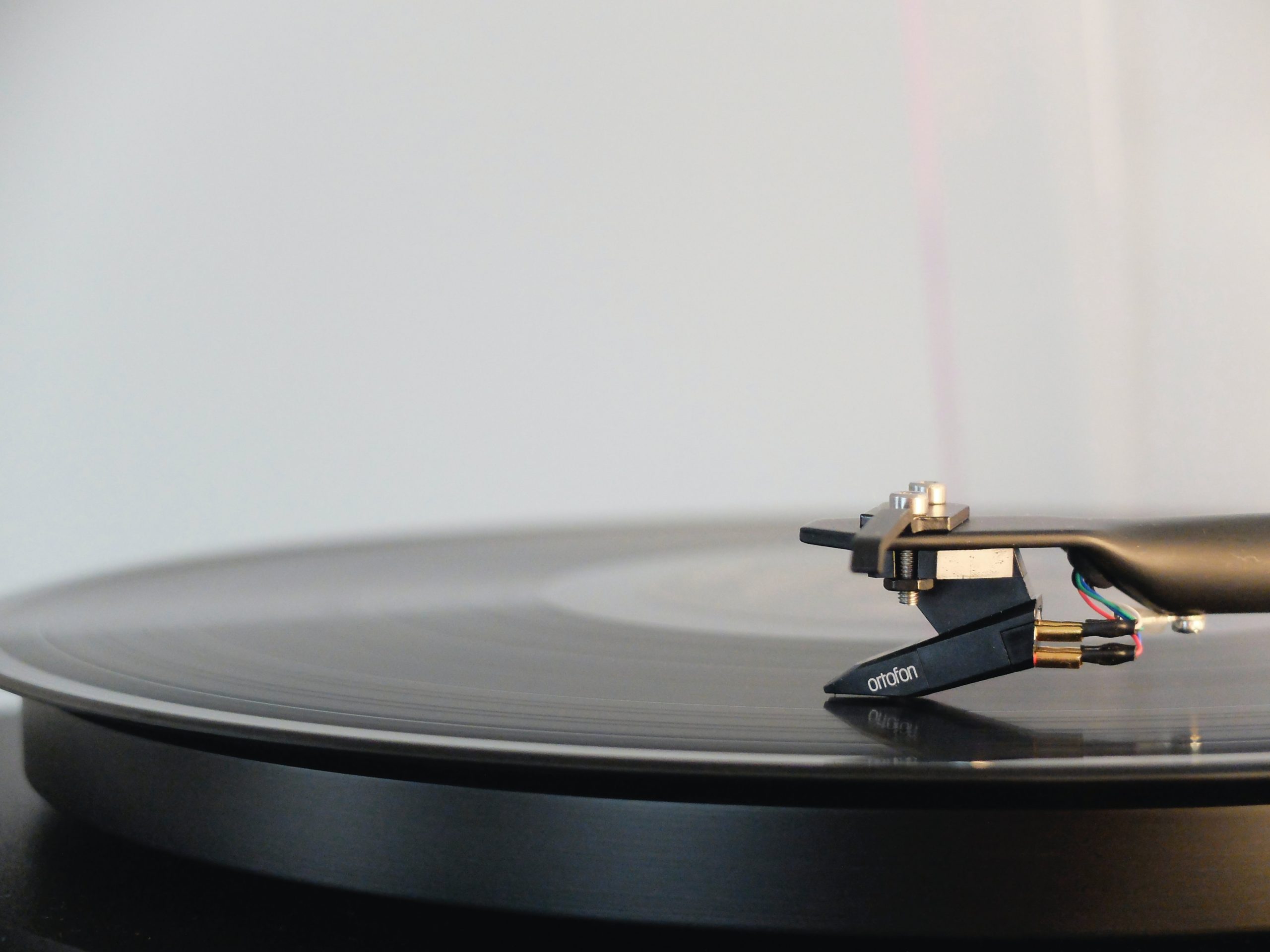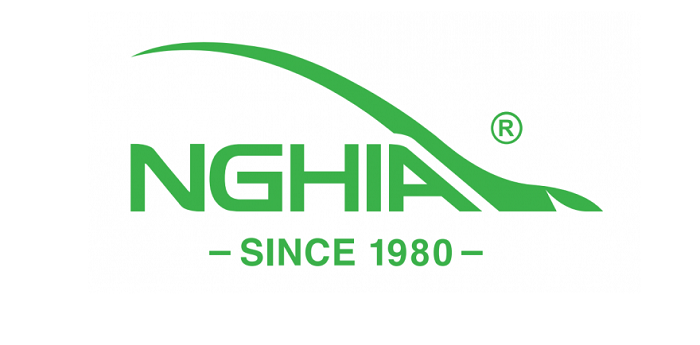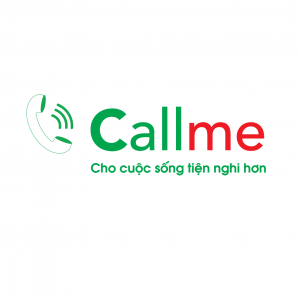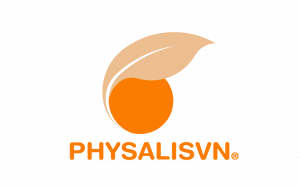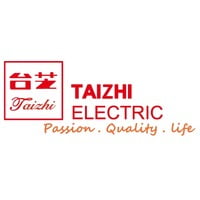Trademark is defined as any sign used to distinguish goods or services of different organizations or individuals.
Services
Trademark
For many businesses, your brand will be a crucial part of the identity of your business. Customers will often identify your business by reference to your logo, slogan, colour scheme or even a distinctive sound. The best way to protect these distinctive elements of your brand and intellectual property is by obtaining a registered trademark. It is possible to trade without obtaining registration for these elements of your brand. However, by obtaining a registered trademark you will have a record of the date on which you began using a trademark, the exact mark you have registered, and the classes in which you have obtained registration.
Apolat Legal’s trademark lawyers can assist you with:
- Searches;
- Filing;
- Trademark prosecution;
- Renewals;
- Trademark portfolio management;
- Licensing & Franchising;
- Mergers & Acquisitions;
- Trademark enforcement;
- Trademark litigation.
Our tailored legal services are comprised of searches, registration, renewals, due diligence, license agreements, franchise agreements, assignment of rights, mergers and acquisitions, trademark portfolio management and litigation.
FAQs
“First to file principle” is applied to cope with cases in which there are more than one protection registration application for the same or similar subject matter of industrial property rights. This principle is prescribed particularly at Article 90 of Law on Intellectual Property to protect the rights and interests of the earlier applicant with the same subject matter of industrial property rights. To be more detailed:
In case many applications are filed for registration of the same patents or similar patents, or for registration of industrial designs identical with or insignificantly different from another, the protection title may only be granted to the valid application with the earliest priority or filing date among applications satisfying all the conditions for the grant of protection title.
In case there are many applications filed by different persons for registration of identical or confusingly similar marks for identical or similar products or services, or in case there are many applications filed by the same person for registration of identical marks for identical products or services, the protection title may only be granted for the mark in the valid application with the earliest priority or filing date among applications satisfying all the conditions for the grant of a protection title.
In case there are many registration applications specified in Clauses 1 and 2 of this Article and satisfying all the conditions for the grant of a protection title and having the same earliest priority or filing date, the protection title may only be granted for the object of a single application out of these applications under an agreement of all applicants. Without such agreement, all relevant objects of these applications will be refused for the grant of a protection title.
The following acts, if performed without the permission of mark owners, shall be deemed to be infringements of the right to a mark:
(a) Using signs identical with protected marks for goods or services identical with goods or services on the list registered together with such mark;
(b) Using signs identical with protected marks for goods or services similar or related to those goods or services on the list registered together with such mark, if such use is likely to cause confusion as to the origin of the goods or services;
(c) Using signs similar to protected marks for goods or services identical with, similar to or related to goods or services on the list registered together with such mark, if such use is likely to cause confusion as to the origin of the goods or services;
(d) Using signs identical with, or similar to, well known marks, or signs in the form of translations or transcriptions of well-known marks for any goods or services, including those not identical with, dissimilar or unrelated to goods or services on the lists of those bearing well known marks, if such use is likely to cause confusion as to the origin of the goods or services or misleading impressions as to the relationship between users of such signs and well known mark owner.
In accordance with the Law on Intellectual Property, trademarks are classified into four groups:
Collective trademark means a mark used to distinguish goods or services of members from those of non-members of an organization which is the owner of such mark.
Certification trademark means a mark which is authorized by its owner to be used by another organization or individual on the latter’s goods or services, for the purpose of certifying the origin, raw materials, materials, mode of manufacture of goods or manner of provision of services, quality, accuracy, safety or other characteristics of goods or services bearing the mark.
Integrated mark means identical or similar marks registered by the same entity and intended for use on products or services which are of the same type or similar types or interrelated.
Well-known mark means a mark widely known by consumers throughout the Vietnamese territory.
In accordance with Law on Intellectual Property, the entities having the right to register marks include:
– Organizations and individuals shall have the right to register marks to be used for goods such organizations or individuals produce or for services such organizations or individuals provide.
– Any organizations or individuals lawfully engaged in commercial activities shall have the right to register a mark for a product which the latter puts onto the market but which was manufactured by others, provided that the manufacturer does not use such mark for a product and does not object to such registration.
– Lawfully established collective organizations shall have the right to register collective marks to be used by the members of the collective organization pursuant to the regulations of the collective organization on use of collective marks. For signs indicating geographical origins of goods or services, an organization with the right to register means a local collective organization of [other] organizations or individuals engaged in production or trading in the relevant locality.
– Organizations with the function of controlling and certifying quality, properties, origin or other relevant criteria of goods or services shall have the right to register certification marks, provided that such organizations are not engaged in production or trading of such goods or services.
– Two or more organizations or individuals shall have the right to jointly register a mark in order to become its co-owners on the following conditions:
(a) Such mark is used in the names of all co-owners or used for goods or services which are produced or traded with the participation of all co-owners;
(b) The use of such mark does not cause confusion to consumers as to the origin of goods or services.
In accordance with Clause 1 Article 123 Law on Intellectual Property, rights of owners of marks includes:
To use or authorize others to use industrial property objects according to the provisions of Law on Intellectual Property.
The following signs shall be ineligible for protection as marks:
Signs identical with or confusingly similar to national flags or national emblems.
A certificate of registered mark shall be valid from the grant date until the end of ten (10) years after the filing date and may be renewed for many consecutive terms, each of ten (10) years.
The validity of a protection title shall be terminated in the following cases:
The owner fails to pay the stipulated validity maintenance or extension fee;
The owner declares relinquishment of the industrial property rights;
A mark shall be deemed to be distinctive if it consists of one or more easily noticeable and memorable elements, or of many elements forming an easily noticeable and memorable combination, and does not fall into the cases stipulated in clause 2 of Article 74 Law on Intellectual Property.
The processing of mark registration in Vietnam shall be conducted within the timelines mentioned below:
Formal examination: An application for registration of industrial property shall have its form examined within one (01) month from the filing date. The purpose of this stage is to examine compliance with regulations related to the form of the registration application then evaluate whether this application is valid or not.
An intellectual property right holder shall have the right to apply the following measures to protect the intellectual property rights of such holder:
(a) To apply technological measures to prevent acts of infringement of its intellectual property rights;
(b) To request any organization or individual who commits an act of infringement of the intellectual property rights of the holder to terminate such act, make a public apology or rectification, and pay damages;
(c) To request the competent State body to deal with acts of infringement of its intellectual property rights in accordance with the provisions of this Law and other relevant laws;
(d) To initiate a lawsuit at a court or a claim at an arbitration centre to protect the legitimate rights and interests of the holder.
























